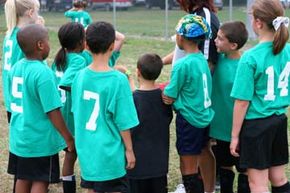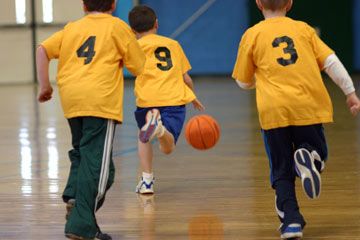Looking back on your childhood, you can probably remember the sports star you idolized and couldn't wait to grow up to be just like. Your sports hero might have even inspired you to become involved in sports at the first opportunity. Playing on a first sports team can be a very exciting time in a child's life. For many kids today, the sport of choice is soccer, which has become one of the most common sports played in the United States. In fact, there are more than 3 million registered youth soccer players in the country [source: US Youth Soccer]. While experienced coaches are brought in for competitive leagues and high school teams, youth soccer coaches are often the parents of the athletes.
So what do you do if you suddenly find yourself in charge of a team of 8-year-old soccer players and your experience doesn't go beyond kicking a ball in the backyard? Overall, the primary goal of youth soccer is having fun and instilling a love of sports in youth. Luckily, there are many resources available to help you run practices and build a team that allows the athletes to learn the sport and enjoy themselves.
Advertisement
Depending on the age group you coach, there will be different rules and regulations that you'll need to abide by [source: US Youth Soccer Association]. But in general, all age groups will need to focus on the same key aspects of the game: offense, defense and goaltending. Finding the right drills to run in practice will help you teach the basic skills necessary for your young athletes to excel in the sport.
Before you start planning practices and developing plays, you'll need to understand the basic rules of youth soccer. Keep reading to learn more.
Advertisement


